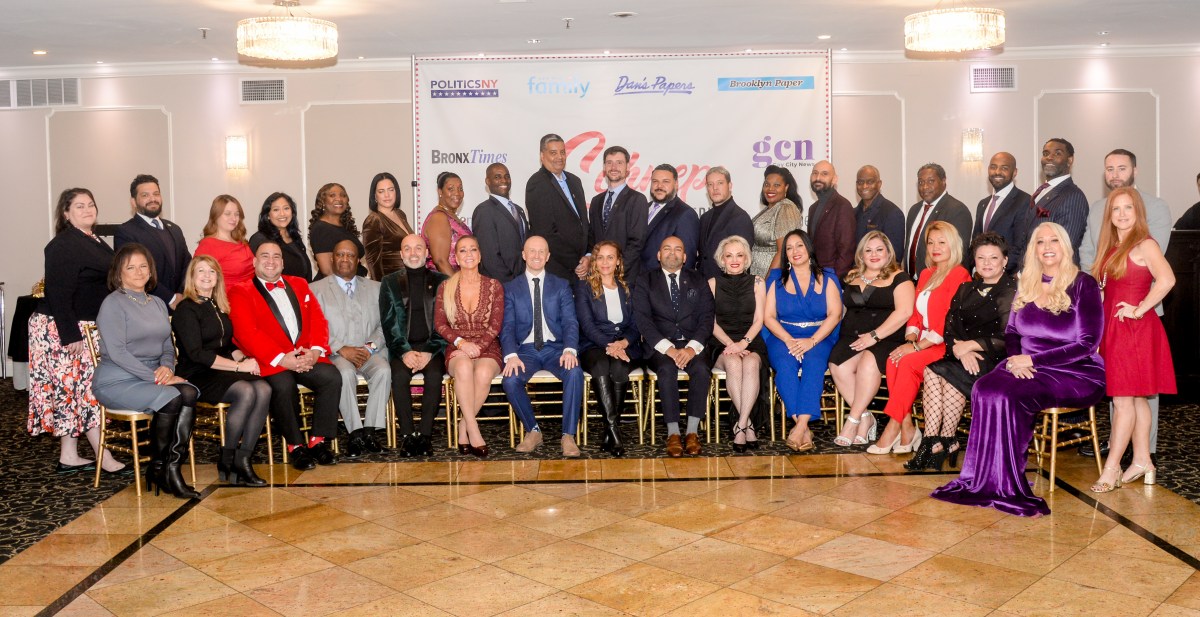A recent New York Times article found how dependent many Americans are on public benefits, even while supporting candidates and policies that would wipe out such programs. I’ve just been through my own “wake up call” experience over the past two months. I oversee the care of my 93-year-old mother who resides in a group care setting in Manhattan.
Over the past year, she had to be admitted to the New York Cornell Hospital on two occasions — basically to get a full battery of tests — once after a fall, the other time because of an infection. In both cases, things turned out well; no broken bones and an easily treatable infection. The bills, on the other hand, would have virtually wiped her out if she wasn’t covered by Medicare. Between CAT scans, a couple of days of care in the emergency room and on the wards, x-rays, etc., the bills that I looked at exceeded $50,000 and climbing — all fully covered, but an unmitigated disaster if she were uninsured.
But as I reviewed all the paperwork, I realized how neither the White House, elected officials, nor advocates like me have been adequately conveying to the general public just what is at stake in insuring that the American Care Act (ACA), aka “Obama Care,” is kept in force.
It’s under direct attack now in the courts; the Supreme Court agreed to determine its legality (Florida v. Department of Health and Human Services, No. 11-400). And it’s become an article of faith for the Republican candidates for president that their first priority if elected would be to seek its repeal.
The attacks on the legislation are often abetted by the fact that virtually no one in the general public understands what this legislation means to them and their families. In the absence of understanding, the radio talk show hosts have convinced many Americans across the economic and political spectrum that the ACA either has no relationship to them or, at worst, will deny them access to health care. Part of the problem is that the main provisions of the ACA don’t kick in until 2014, so the tangible benefits are still in the future for most of us.
But it’s also a fact that the manner in which the act was passed was primarily an “insider’s game,” convincing the major interests — insurers, hospitals, doctors, and members of Congress — that the act would not destabilize their interests. Very little effort was made to enlist broad-based public support for the act and now, as a consequence, there needs to be a broad-based education effort to get people to understand just what’s at stake for them and their families.
And the stakes are enormous. Already, in the Great Recession and its aftermath, 62 percent of personal bankruptcies are directly attributable to the inability to pay for health care. An estimated 50 million Americans lack health insurance, including the 9.3 million adults who lost health insurance due to the recession. Even under the compromises which led to the passage of the ACA, fully 95 percent of Americans would be covered by 2014. This would be an enormous help not only for the working poor, but for virtually everyone who isn’t super wealthy.
My organization, the Community Service Society (CSS), has had a ringside seat at how the act is beginning to have significant positive impact on a great number of New Yorkers. Largely through the efforts of New York’s U.S. senators, a special provision was inserted in ACA, which required each state to establish an Ombuds Program to assist consumers in the inevitable challenges they face accessing health care or coverage.
In New York State, CSS supervises a group of 28 non-profits, ranging from the Medicare Rights Center to the Adirondack Health Institute, in order to help level the playing field for individuals trying to get the coverage they’re entitled to. In the first year of operation (November 2010 to September 2011), our network provided counseling or education to 28,589 New Yorkers, including individual case assistance to 10,506, and our Helpline assisted 2,911 people (888-614-5400; www.communityhealthadvocates.org. We also conducted 750 training events for 18,083 advocates, consumers, and providers.
Some of the cases we’ve handled involve getting people insurance they are entitled to under the ACA. For example, up to the age of 26, children of insured people can now be covered under the ACA. Just as significantly, people with pre-existing conditions, even cancer or renal failure, can now get insurance coverage where none was available before the act was passed.
We’ve put a small booklet together which describes some of the cases: Health Reform Works: How the Affordable Care Act is Already Making a Difference for New Yorkers (2012). But now we have to urge the White House and other players to start to get the message out to consumers that this act must survive in order to avoid what could be a real tragedy for huge numbers of Americans — financial ruin at best and dire health outcomes, including early death, at worst.
President and CEO, Community Service Society of New York






















